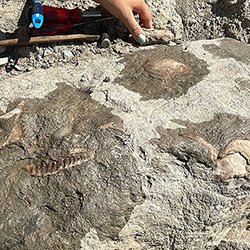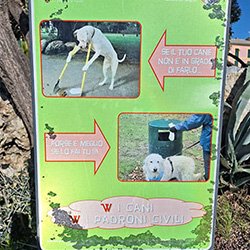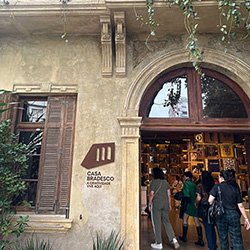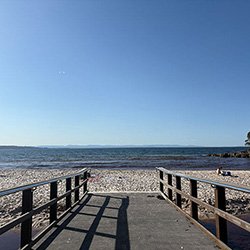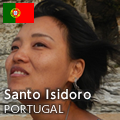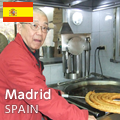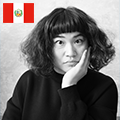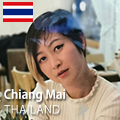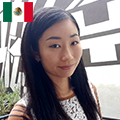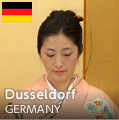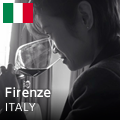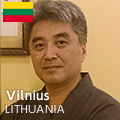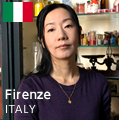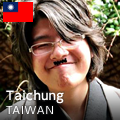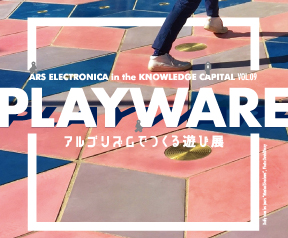
This yellow Inca Kola has an extraordinary influence in Peru and is a must while living with the local people here. Most Peruvians drink Inca Kola when they are eating out, when they eat overly sweet birthday cake, when they are drinking water after getting tired from walking in the hot sun, or when they eat turkey at Christmas, basically, at any time of the day. When I was still new to Peru, I couldn't help wondering, "Why do they drink this very sugary soft drink with sweet cake and not coffee???” but before I knew it, Inca Kola ended up becoming a part of my life in Peru, and I started ordering ice-cold Inca Kola, not coffee, at cafes, even though I hadn’t been asked by anyone to do so. Habituation is a scary thing.

Inca Kola is a soft drink first released on July 28, 1935, by the Lindley company to commemorate the 400th anniversary of the founding of Lima, the capital of Peru. The Coca-Cola company later acquired the rights to manufacture and sell Inca Kola, so it is the company that now sells Inca Kola. Now and then you hear local Peruvians say that the taste of Inca Kola hasn’t been so good since Coca-Cola began selling it, but they still gulp it down. If you ever come to Peru, try going to a supermarket. I would like you to see the sight of a terrifyingly large number of Inca Kola bottles all lined up in rows.


Well, the introduction to this article has ended up getting long, but I would like to present to you my favorite fruit, the prickly pear fruit, or “tuna.” Agriculture thrives in Ica State, where I live, and when I walk toward the fields, here and there I find prickly pear cacti taller than an adult.


On the tips of these cacti are "tuna," fruits slightly smaller than an adult's clenched fist.

This fruit also has a lot of small spines, so you have to be careful when you eat it. First, you put them on the ground like this, and then clear away the spines holding something like bamboo leaves. The spines are small, so most of them fall to the ground from rubbing with the leaves. Then, you hold the tuna with a gloved hand and roll it over and over, carefully removing the spines one by one.

Then you cut slits in the top and bottom of the tuna and when you peel the skin, out comes a juicy fruit packed with seeds, as shown here. The seeds are relatively large, but you don't get rid of them, you just put them in your mouth and thoroughly chew them before swallowing them. They are very juicy and sweet, and in no time, you can gobble up as many as you like, making them a devilishly appealing fruit. If you ever come to South America, please try one. Well, here’s where I say “Adios!” This has been Shoko Yamamoto from Paracas, Ica, Peru.










